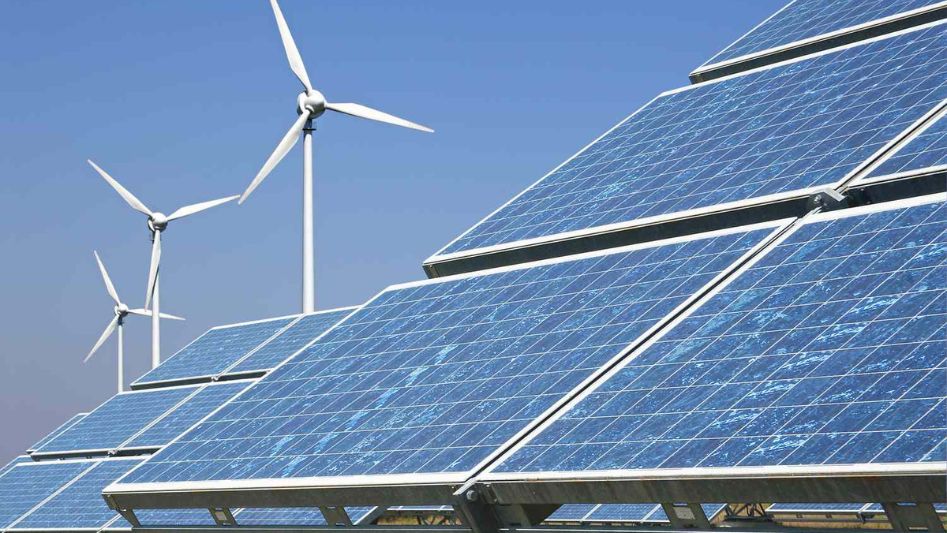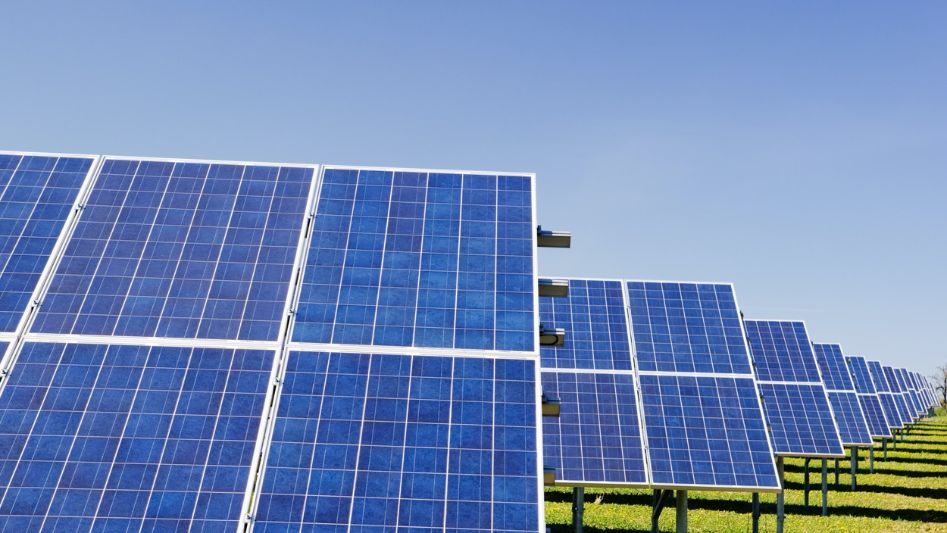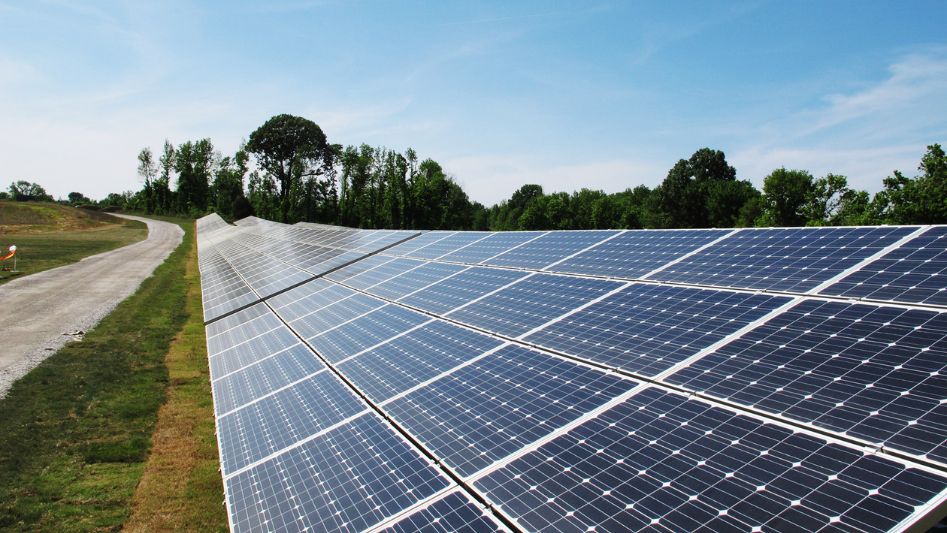As the world grapples with the consequences of climate change and seeks to reduce its reliance on fossil fuels, the transition to 100% renewable energy has become an imperative. This ambitious goal envisions a future where all our energy needs are met from clean and sustainable sources. In this article, we will explore the visions and strategies that can pave the way towards achieving 100% renewable energy.
Table of Contents

The Urgency of Renewable Energy
Climate Crisis and Environmental Impact
The climate crisis is one of the most pressing issues of our time. Fossil fuels, such as coal, oil, and natural gas, are major contributors to greenhouse gas emissions, which are driving global warming and its associated impacts, such as extreme weather events, rising sea levels, and biodiversity loss. Transitioning to renewable energy sources is crucial to mitigate these effects and protect our planet.
Energy Security and Economic Benefits
Reducing our dependence on fossil fuels also enhances energy security. Renewable energy sources are not subject to the same geopolitical tensions and price volatility as fossil fuels, making our energy supply more stable and resilient. Additionally, the renewable energy sector has the potential to create jobs and stimulate economic growth.
Visions of 100% Renewable Energy
A World Powered by the Sun
One vision for 100% renewable energy is a world predominantly powered by solar energy. Solar panels installed on rooftops, in deserts, and on the surfaces of buildings could harness the abundant energy from the sun. With advancements in solar technology, efficiency, and energy storage, this vision is becoming increasingly feasible.
Wind Energy Across the Globe
Another vision involves harnessing the power of wind. Wind turbines, both onshore and offshore, could provide a substantial portion of our electricity needs. Wind energy is highly scalable and can be deployed in various geographical locations, making it a versatile and promising option.
A Mix of Renewable Sources
Many experts argue for a diversified approach, combining various renewable sources like solar, wind, hydroelectric, geothermal, and biomass energy. This mix can optimize energy generation by utilizing the strengths of each source and ensuring a reliable energy supply even when one source faces limitations.
Strategies to Achieve 100% Renewable Energy
Policy and Regulation
Government policies and regulations play a critical role in driving the transition to renewable energy. These measures can include incentives for renewable energy projects, carbon pricing, emissions reductions targets, and mandates for utilities to use renewable sources. Clear and consistent policies provide the necessary framework for private sector investments.

Technological Innovation
Advancements in renewable energy technologies are essential to achieving 100% renewable energy. Research and development efforts must continue to improve the efficiency and affordability of solar panels, wind turbines, energy storage systems, and grid infrastructure. Breakthroughs in energy storage, in particular, are vital to ensure a consistent power supply from intermittent sources like wind and solar.
Energy Storage Solutions
Energy storage is a linchpin of a renewable energy future. Batteries, pumped hydro storage, and other emerging technologies can store excess energy during periods of high generation and release it when demand is high or generation is low. Effective energy storage solutions make renewable energy sources more reliable and resilient.
Grid Modernization
Modernizing the electrical grid is essential to accommodate the variability of renewable energy sources. A smart grid can efficiently manage the distribution of electricity, integrate renewable energy sources, and balance supply and demand. Grid upgrades also enhance energy security and reduce transmission losses.
Public Awareness and Education
Engaging the public in the transition to 100% renewable energy is crucial. Education campaigns can inform individuals about the benefits of renewables, energy conservation, and sustainable lifestyles. Encouraging energy efficiency and responsible consumption can reduce overall energy demand.
Challenges and Roadblocks
While the vision of 100% renewable energy is promising, it is not without its challenges. These include the intermittency of certain renewable sources, the need for massive infrastructure investments, resistance from vested interests in the fossil fuel industry, and potential environmental impacts of renewable energy projects.

Conclusion
The road to 100% renewable energy is a journey that requires commitment, innovation, and collective action. The visions of a clean, sustainable, and resilient energy future are within reach, but it will take coordinated efforts from governments, industries, and individuals to make this vision a reality. By embracing renewable energy and implementing the right strategies, we can address the climate crisis, enhance energy security, and build a brighter future for generations to come.
FAQs
Why is 100% renewable energy important?
Transitioning to 100% renewable energy is crucial to combat climate change, reduce dependence on fossil fuels, and secure a sustainable future.
How can we achieve 100% renewable energy?
Achieving 100% renewable energy requires a mix of policies, technological innovation, energy storage, grid upgrades, and public awareness.
What are the challenges to 100% renewable energy?
Challenges include intermittency of some renewables, infrastructure investment, fossil fuel industry resistance, and potential environmental impacts.
You May Also Like
- RENEWABLE ENERGY POLICIES: SHAPING A GREENER TOMORROW
- THE POWER OF SUN, WIND, AND WATER: EXPLORING RENEWABLE ENERGY TECHNOLOGIES
- RENEWABLE ENERGY SOURCES: EXPLORING THE OPTIONS FOR A CLEANER PLANET
- RENEWABLE ENERGY FOR ALL: EMPOWERING COMMUNITIES WITH CLEAN POWER
- MUMBAI DATA CENTER CHOOSES PDG FOR 25-YEAR RENEWABLE ENERGY SOLUTION
